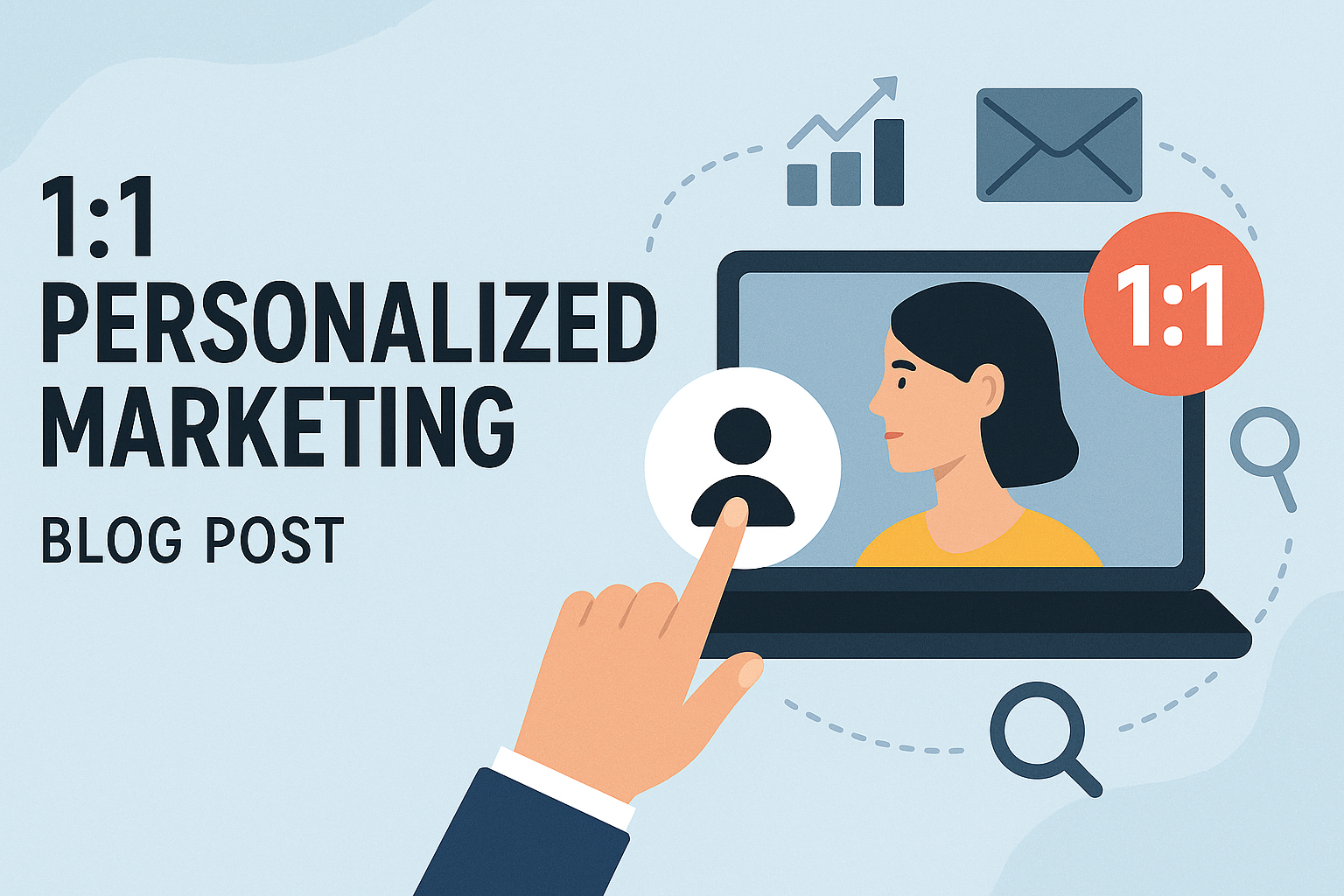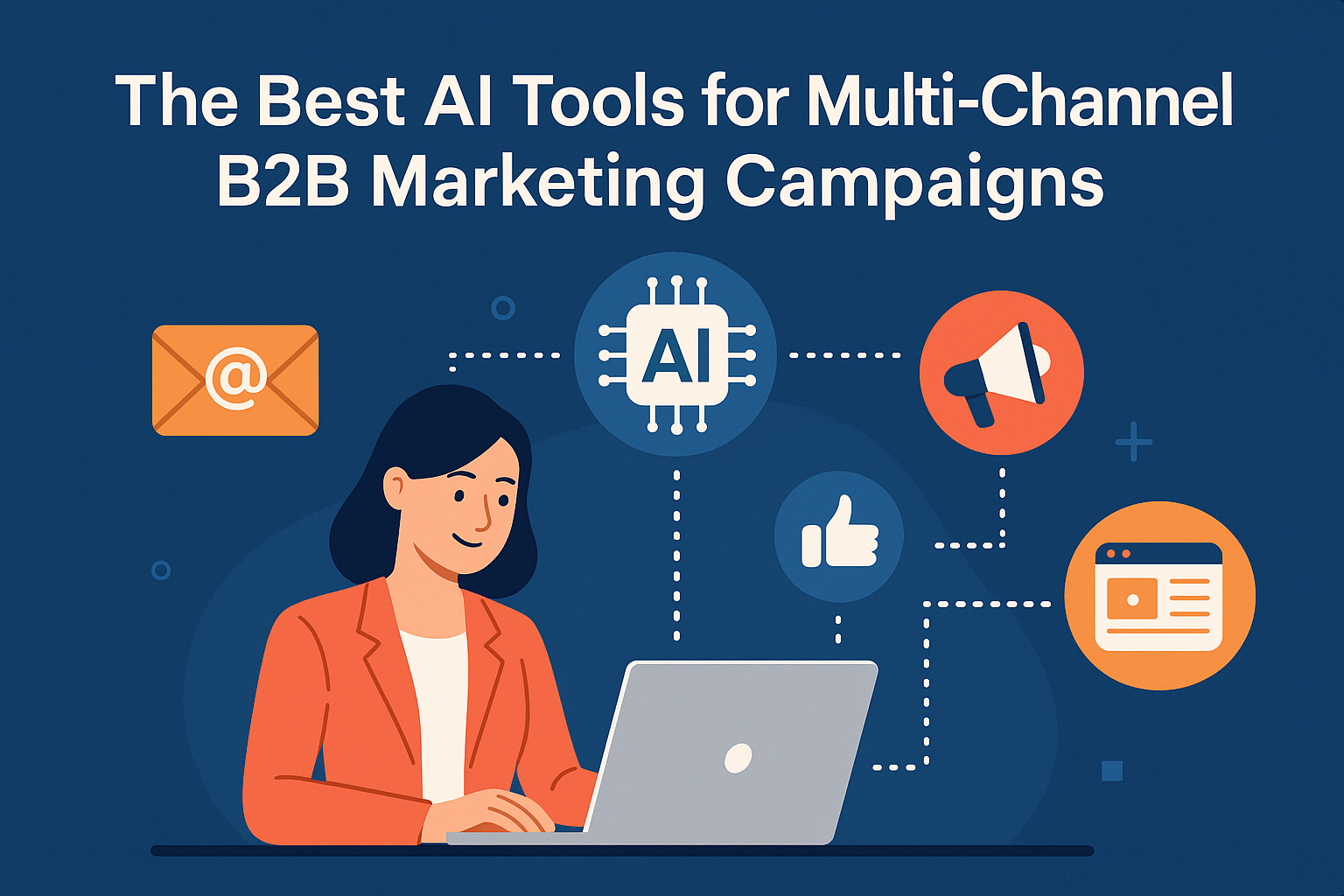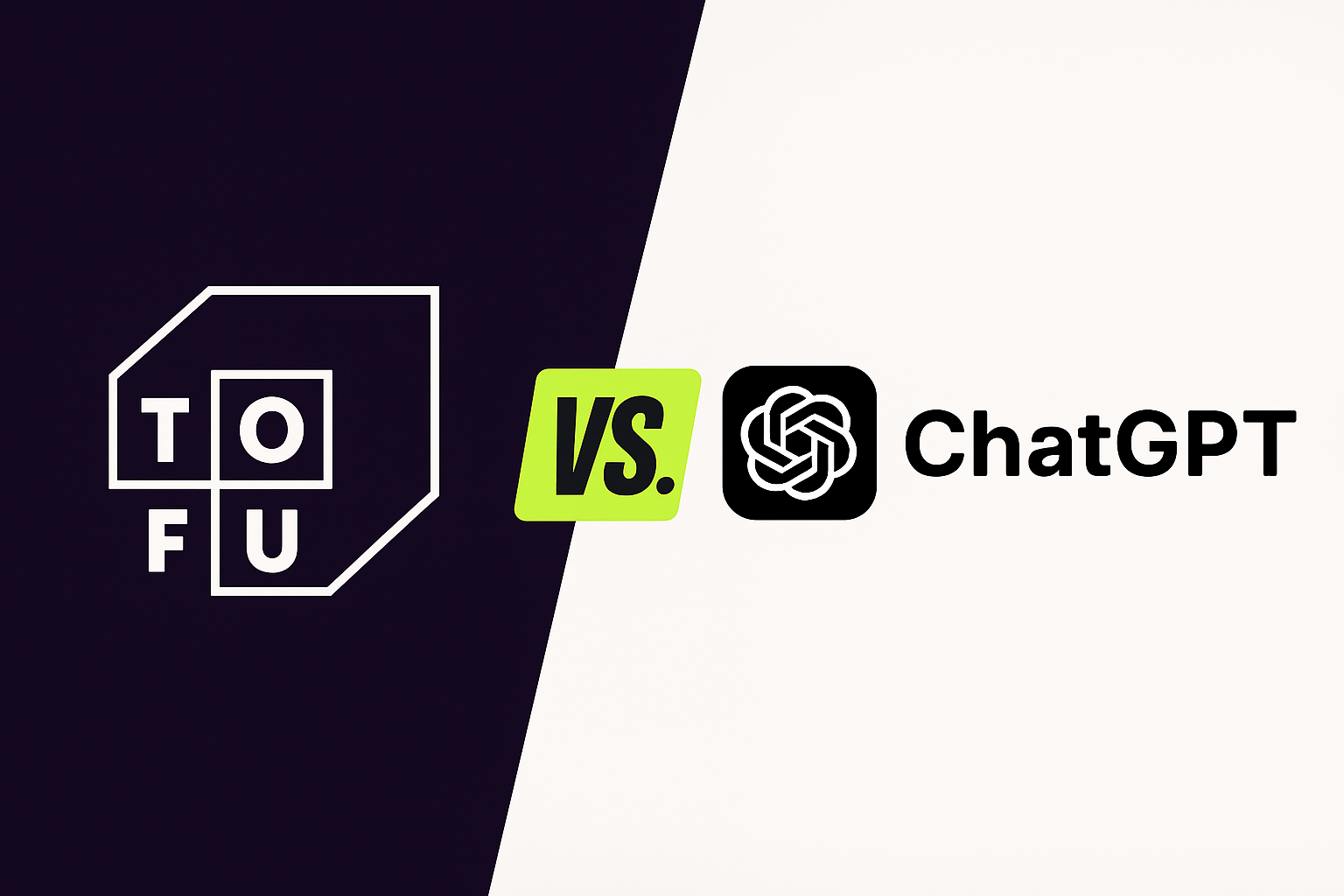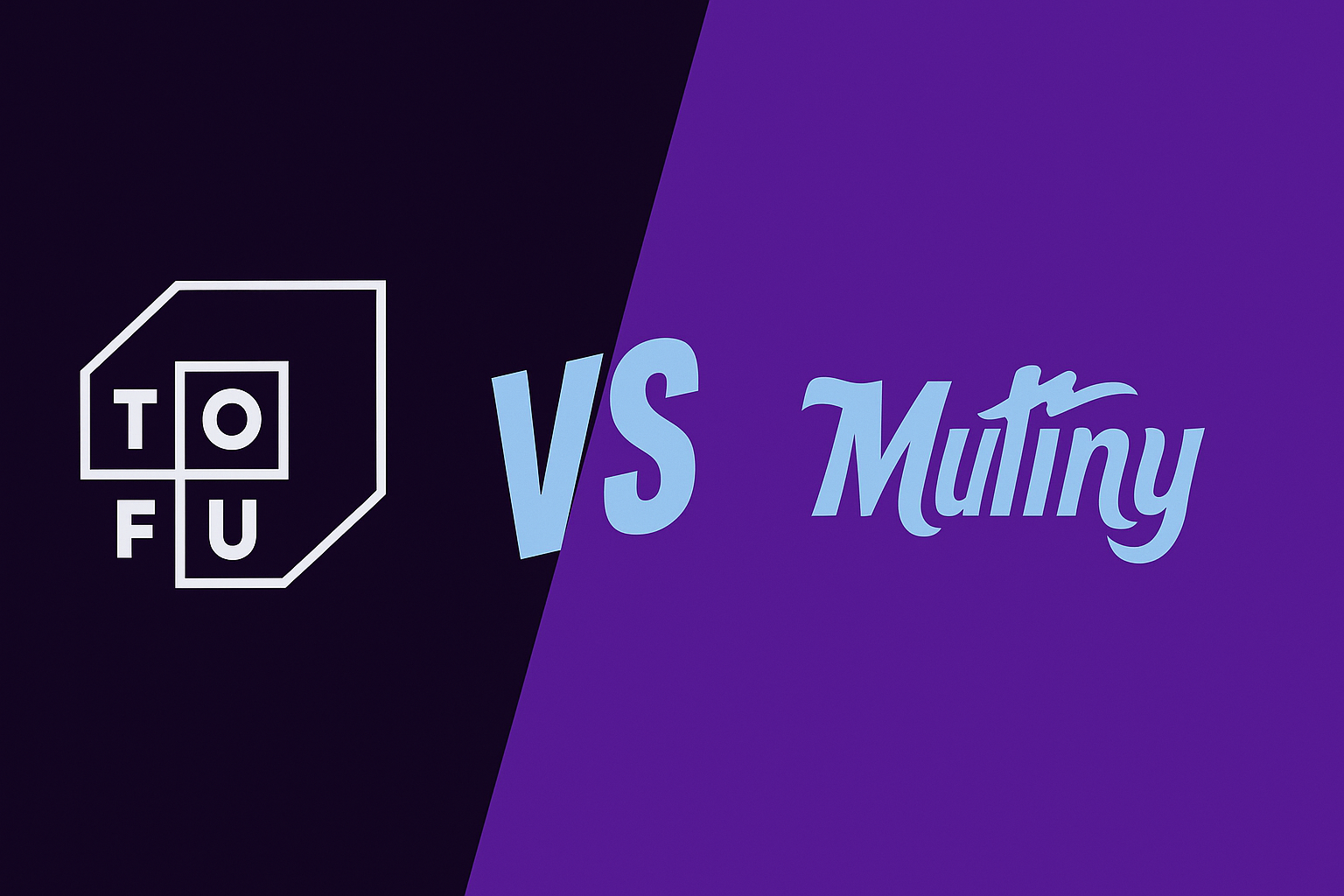Helping Teams Do More With Less - The Key to Building AI SaaS Applications

With a renewed focus on efficiency and profitability, companies across all sectors face the constant challenge of delivering more with less. Even as teams work with fewer people, tighter budgets, and less tooling, the need for greater productivity and creativity becomes increasingly crucial. In the current era of GTM SaaS solutions, it is imperative to address this need and to enable teams to do more with less. New advancements in AI enable software providers to build workflows that were never previously possible which act as a force multiplier of teams and allow organizations to maximize productivity, mitigate costs, and optimize resources.
The first hurdle many teams are facing is a reduction in workforce size, requiring fewer people to do more work. AI emerges as a compelling solution to not just automate manual or repetitive work, but to leverage insights and data and help teams identify new opportunities, generate compelling content, and measure campaign impact on core KPIs. With the assistance of AI, routine tasks such as data entry, lead scoring, customer segmentation, and email marketing can be easily automated. Moving beyond the basics, generative AI can go further by transforming existing content, creating hyper-personalized campaigns, and iterating to increase conversion. This leaves the team with more time and energy to focus on strategic, high-impact tasks such as building relationships with customers or creating differentiated product positioning. With limited resources to edit, proof, and manage campaigns, AI tools can also help maintain accuracy and consistency, removing the pain of inconsistent messaging and off-brand content that inevitably results with manual efforts.
Tightening budgets is another reality many companies are grappling with. Budget cuts limit a company's ability to adopt new technologies, expand its workforce, leverage agencies, or invest in marketing campaigns. AI tools are starting to replace the need for expensive agencies who have typically been relied upon for things like content creation, ad generation and execution, or SEO. More importantly, by leveraging data, AI GTM products can can drive better results with the same, or even fewer, financial resources. If you're only able to spend half as much on paid digital or content marketing, you want to ensure that those channels convert significantly better to more than make up for decreased spend.
Lastly, operating with fewer tools can seem like a limitation, but it can also open avenues for greater resource optimization and less operations overhead. The unbundling of SaaS over the past decade has brought about many excellent point solutions that do one thing really well, but they've forced teams to buy multiple tools to do their work, deal with multiple UIs, and integrate/pass data back and forth across numerous tools. The new wave of GTM SaaS solutions will be forced to serve multiple functions, and do so seamlessly. Similar to the rule, "is there one decision you can make that will remove 10 future decisions", teams will be asking themselves whether there is one tool that can replace multiple tools both now and down the road. From CRM capabilities and marketing automation to advanced analytics and customer engagement tools, a single SaaS platform can replace an array of standalone tools. This consolidation not only leads to cost savings but also simplifies workflows, reduces the learning curve for team members, and ensures smoother and more accurate data collection. The good news is that it's never been faster or easier to build robust software with limited resources!
While the demands of doing more with less may seem daunting, they also provide an opportunity to rethink and redesign workflows and adopt new tooling. By enabling automation, facilitating data-driven decision-making, offering predictive capabilities, and personalizing customer engagement, AI products empower teams to work smarter, not harder, while also improving core business metrics.
Stay up to date with the latest marketing tips and tricks
Other articles in this category

Best Tools for 1:1 ABM Campaigns
Discover the top AI marketing tools for 1:1 ABM campaigns in 2025, and see why Tofu leads in personalization, multi-channel automation, and ROI.Introduction
.svg)


Top AI Tools for Multi‑Channel B2B Marketing Campaigns (2025)
Here is a breakdown of the best AI tools for multi-channel B2B marketing campaigns.
.svg)

Tofu vs. ChatGPT: Which Should You Use for AI Marketing Campaigns?
For B2B marketers, generative AI is no longer optional—it’s essential. ChatGPT offers broad capabilities at a low cost. Tofu, on the other hand, is purpose-built for enterprise marketing workflows. Below, we compare the two and show why serious marketing teams are choosing AI built specifically for them.
.svg)

Tofu vs. Copy.ai: Which AI Marketing Platform Comes Out on Top?
Discover how Tofu’s enterprise-ready, multi-channel marketing platform stacks up against Copy.ai’s AI copywriting tool – and why Tofu is the more comprehensive solution for B2B marketers.
.svg)

Tofu vs. Jasper: Which AI Marketing Tool is Best?
Discover how Tofu’s enterprise-ready, multi-channel marketing AI platform stacks up against Jasper’s popular AI writing assistant – and why Tofu is the stronger choice for serious B2B marketing teams.
.svg)

Tofu vs. Mutiny: Which is Best for ABM Campaigns?
Tofu vs Mutiny: Which ABM platform comes out on top? Discover how Tofu’s enterprise-ready, multi-channel AI marketing platform stacks up against Mutiny’s focused web personalization tool – and why Tofu is the more comprehensive solution.
.svg)
.png)
Tofu vs. UserLed: Which ABM Platform Should You Use?
Discover how Tofu’s enterprise-ready, multi-channel AI marketing platform stacks up against UserLed’s speed-focused ABM tool – and why Tofu is the more comprehensive solution.
.svg)

Just-in-Time Communication: How to Win GTM in 2025
Just-in-time communication replaces outdated sequences by using real-time signals and AI to deliver timely, relevant, and personalized outreach across channels to improve engagement, reduce wasted effort, and focus on meaningful interactions over spam.
.svg)
Want to give tofu A try?
Request a custom demo to see how Tofu can supercharge your GTM efforts.
ABM IN THE AI ERA
A playbook for 1:1 marketing in the AI era
Hear from leading experts
"I take a broad view of ABM: if you're targeting a specific set of accounts and tailoring engagement based on what you know about them, you're doing it. But most teams are stuck in the old loop: Sales hands Marketing a list, Marketing runs ads, and any response is treated as intent."

"ABM has always been just good marketing. It starts with clarity on your ICP and ends with driving revenue. But the way we get from A to B has changed dramatically."
.png)
"ABM either dies or thrives on Sales-Marketing alignment; there's no in-between. When Marketing runs plays on specific accounts or contacts and Sales isn't doing complementary outreach, the whole thing falls short."

"In our research at 6sense, few marketers view ABM as critical to hitting revenue goals this year. But that's not because ABM doesn't work; it's because most teams haven't implemented it well."
.png)
"To me, ABM isn't a campaign; it's a go-to-market operating model. It starts with cross-functional planning: mapping revenue targets, territories, and board priorities."

"With AI, we can personalize not just by account, but by segment, by buying group, and even by individual. That level of precision just wasn't possible a few years ago."
%201%20(1).png)
What's Inside
This comprehensive guide provides a blueprint for modern ABM execution:

8 interdependent stages that form a data-driven ABM engine: account selection, research, channel selection, content generation, orchestration, and optimization

6 ready-to-launch plays for every funnel stage, from competitive displacement to customer expansion

Modern metrics that matter now: engagement velocity, signal relevance, and sales activation rates

Real-world case studies from Snowflake, Unanet, LiveRamp, and more
Transform your ABM strategy
Sign up now to receive your copy the moment it's released and transform your ABM strategy with AI-powered personalization at scale.
Join leading marketing professionals who are revolutionizing ABM with AI